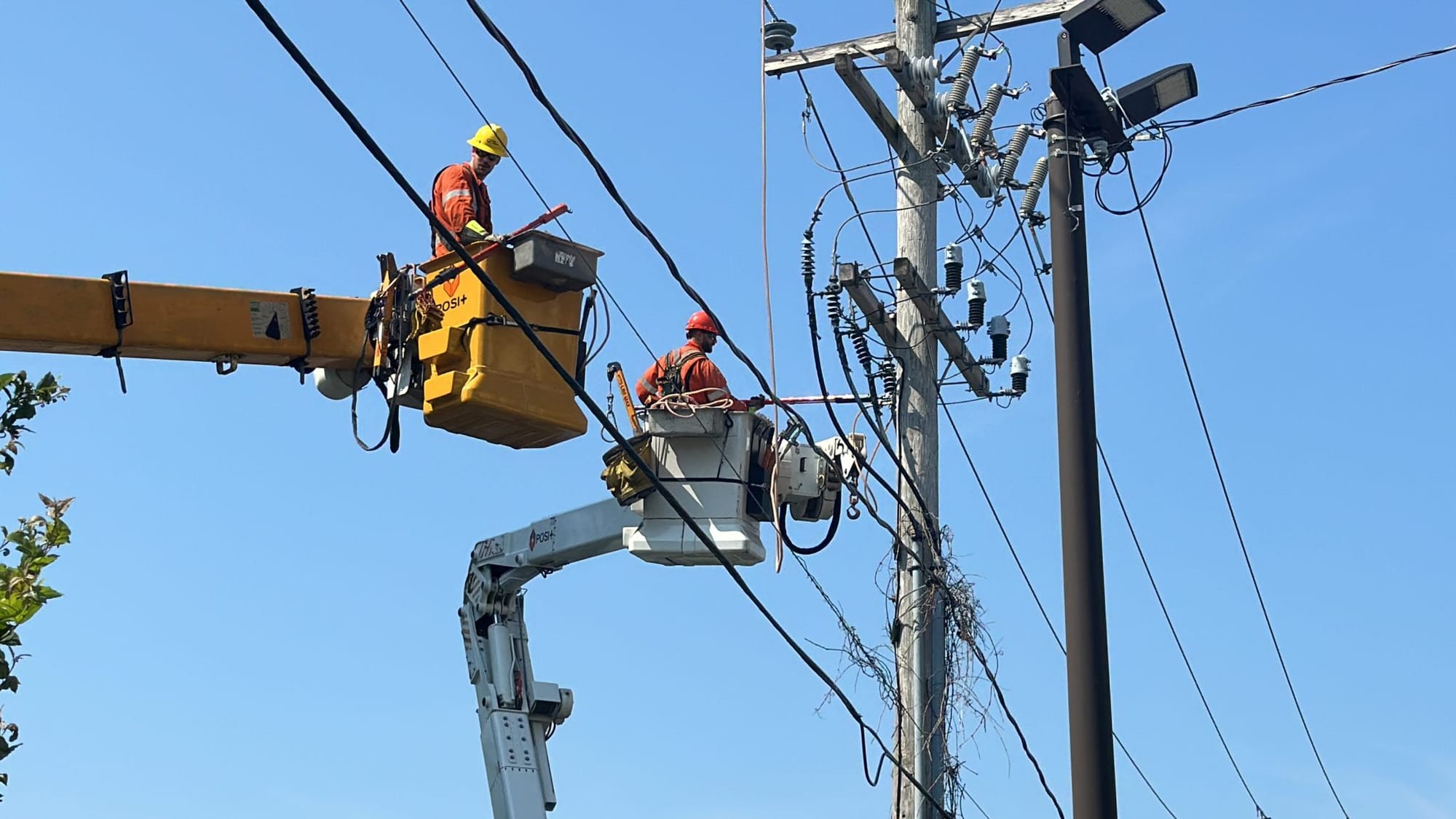Hydro-Québec will expand their transmission lines
“We have two significant regional development projects in Quebec, and we’ll ensure that these regions see economic benefits and that local labor is engaged in building these lines,” Bouchard stated.

Quebec residents can anticipate a significant expansion in transmission lines in the coming years.
On Monday, Hydro-Québec launched the initial phase of a major project to expand and enhance its electricity transmission network.
This involves high-voltage lines that carry large amounts of electricity from production sites to substations, where it is then distributed to customers.
Hydro-Québec’s goal to substantially boost electricity production is well known, but this new electricity will also require transportation.
By 2035, the company plans to invest $50 billion in building about 5,000 kilometers of transmission lines.
Roughly half of these will be high-voltage (735 kV and 315 kV), with the rest being intermediate-voltage lines (between 69 kV and 315 kV) to support regional development and local power needs.
1,600 New Transmission Towers
The first phase, announced Monday, includes approximately $10 billion in investments to enhance the existing network, build about 850 kilometers of new high-voltage transmission lines, and add five new substations.
Hydro-Québec intends to install 1,600 new transmission towers in this phase.
This phase will proceed across three main areas: one in the corridor between Sept-Îles and Baie-Comeau on the North Shore, another in the Appalaches-Bas-Saint-Laurent sector, stretching from Beauce to near the New Brunswick border close to Edmundston, and the third in the Saint-Laurent Valley, from the Capitale-Nationale region to Lanaudière and Mauricie.
Claudine Bouchard, Hydro-Québec’s Executive Vice President and Chief Infrastructure Officer, noted that this work, estimated to generate $7 billion in benefits, will provide economic advantages to the areas involved.
“We have two significant regional development projects in Quebec, and we’ll ensure that these regions see economic benefits and that local labor is engaged in building these lines,” Bouchard stated.
Specific locations for the new lines are still undecided, but Hydro-Québec has a preference for existing corridors to minimize impact.
“Of course, avoiding new corridors is less disruptive, but we must also consider community concerns. This is why we’re currently holding preliminary consultations to gather input from partners and communities affected by the project in the three designated areas,” said Bouchard.
However, while existing corridors are available on the North Shore and in the Saint-Laurent Valley, they are not available in the Appalaches-Bas-Saint-Laurent corridor.
Focusing on Social Acceptability
During Monday’s announcement, Bouchard emphasized the importance of social acceptance and the consultations planned with the 25 regional county municipalities, around 200 municipalities, and several Indigenous communities impacted by the project.
In an unprecedented move, Hydro-Québec has initiated consultations before defining the routes, aiming to address community concerns early in the process.
“This is the first time we’re meeting with Indigenous and non-Indigenous representatives to understand their concerns and development goals related to our project. Then, we’ll engage with residents to identify the least impactful routes,” Bouchard explained.
The three new corridors aim to improve system reliability and resilience against increasingly frequent extreme weather events. On the North Shore, the focus is on developing new renewable energy sources and supporting industrial growth; in the Appalaches-Bas-Saint-Laurent corridor, the company seeks to foster wind energy development in eastern Quebec, while the Saint-Laurent Valley corridor will allow for more energy transmission from northern and eastern Quebec, expand high-voltage capacity, and meet the growing demand in the province’s southern urban centers.
These new infrastructures are set to begin operations progressively from 2031 to 2036.





